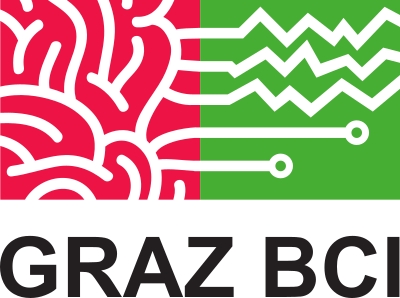Investigating the neural correlates of covert actions
Motor execution (ME), motor imagery (MI) and action observation (AO) are the most common tasks used to investigate the activity circuits of the motor system. All these tasks are driven by the same basic mechanism, whereas MI and AO are conceived as offline operations. (Mulder, 2007). Paradigms drawn from cognitive neuroscience and psychology have provided new insight into neural processing of action. Since there already exists fundamental knowledge about the neural correlates of motor execution our main research focus on covered states like imagining of actions or learning by observation. These tasks are commonly used to investigate the content and the structure of covert processes that precede the execution of actions.
Our research in this area contributes towards understanding the electrical and metabolic brain activity during the processing of covert actions and its influential factors. Different imaging techniques were used to map brain activity providing evidence of covert, simulated activation patterns in the motor system during motor imagery (MI) and action observation (AO). Both tasks are commonly used in sport training as mental practice of action, in neurological rehabilitation, and have also been employed as research paradigms in cognitive neuroscience investigating the underlying neural processes per se or that preceding motor execution. With a special focus on varying task complexity, object relatedness and visuo-motor requirements of the MI tasks we provided further evidence for a fronto-parietal brain activity. Due to the cognitive demands of the MI and AO tasks the influence of experimental manipulations (e.g. vividness of imagery, object relatedness or emotional content) on the related neural correlates are further investigated.
